If you click on a link and make a purchase we may receive a small commission. Read our editorial policy.
Sentry co-creator Rick Veitch calls Marvel "the House of Stolen Ideas" after his stake in the character overlooked for past 25 years - including in Marvel Studios' Thunderbolts* movie
"Cut out" and "thrown under the bus": Marvel Comics' Sentry co-creator Rick Veitch opens up about his omission for the past 25 years and in the Thunderbolts* movie.

Popverse's top stories
- How Critical Role’s fan community helps Matthew Mercer remember a decade of storytelling
- Inside the "gutsy decision" by Marvel to kill the Ultimate Marvel imprint, and why they were worried continuing it would be wrong
- Every Final Fantasy game is different, but these are the things that always stay the same [Gamify My Life]
This week, one of Marvel's most popular new characters in the past 25 years will make his MCU debut in Marvel Studios' Thunderbolts*. Top Gun: Maverick's Lewis Pullman is putting on the tights to play the Sentry - although the marketing for the film is playing coy with it, referring to him as 'Bob' and playing into the mystery of it as one of the big reveals of the movie. This isn't spoilers, by the way - Marvel has confirmed it through other outlets.
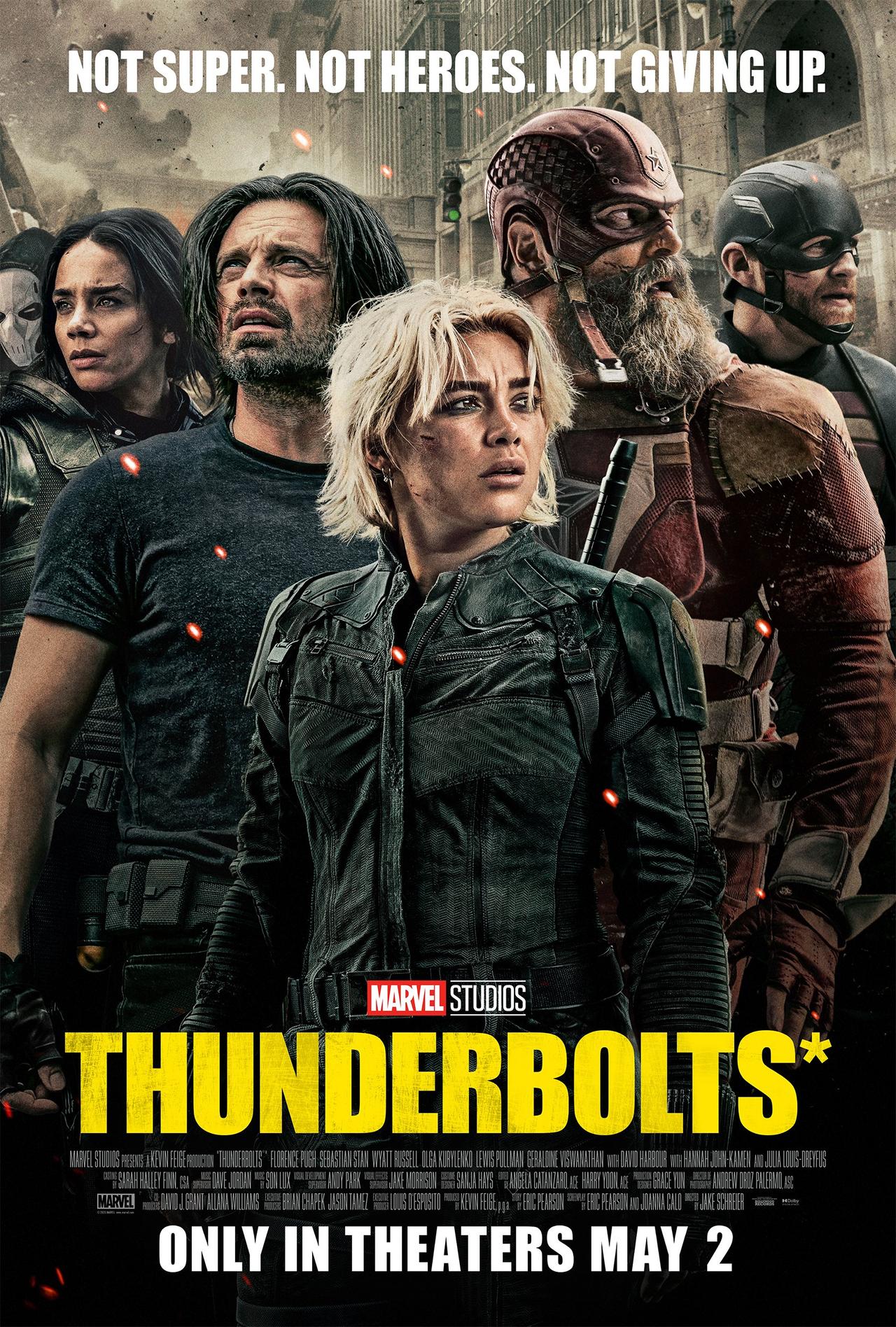
But this mysterious part of his origin belies the convoluted and complicated story of the character's origin in comics. Originally introduced back in 2000 as a never-published superhero created by Stan Lee decades ago, that origin story was later revealed to be meta fiction - with the hero himself questioning his origin in story, it was revealed Stan Lee didn't create the Sentry, but instead Marvel said it was created in the '90s by two modern-day creators: writer Paul Jenkins and artist Jae Lee.
But just as Lewis Pullman wasn't the original actor planned to play the Sentry in Thunderbolts, neither was Lee planned to be the artist or co-creator. Whereas in the MCU, the Walking Dead's Steven Yuen was originally cast as the Sentry, the character itself was created by Jenkins in partnership with Swamp Thing artist Rick Veitch. When Marvel decided to go ahead with a series, Lee was tapped as the artist for his inaugural stories and not Veitch, leading to Veitch being overlooked for decades, including in the creation and promotion of his MCU debut in 2025's Thunderbolts.
But now with the Sentry about to make his MCU debut (and with all the media, marketing, and merchandising to go with it), Rick Veitch's contributions to the Sentry are like that marketing asterisk at the end of Marvel Studios' Thunderbolts*; he's there, what it symbolizes means a lot, and it speaks to a broader mystery that deserves to be known.
And for Veitch, he is speaking up more about what happened and why he refers to Marvel as 'The House of Stolen Ideas."
[Editor's note: Following the initial publication of this piece, a representative from Marvel confirmed that they have nothing in their official records from Rick Veitch during the development of the 2000 Sentry mini-series. However, they added that the lines of communication are open if Veitch wants to have a dialogue with them.]
The real origin of Marvel's the Sentry, first as a creator-owned horror story

According to Rick Veitch, he first met Sentry co-creator Paul Jenkins in the late ‘80s, when the two were both working at Mirage Studios - the home to the Teenage Mutant Ninja Turtles.
"Paul was a waiter in Northampton, Massachusetts and he met [Mirage Studios co-owner] Kevin Eastman. Kevin hired him as sort of like a gopher at Mirage Studios," Veitch tells Popverse. "I think the first time I met him, he had a broken leg, and he was on crutches, which seemed to be like a theme with Paul."

When Eastman formed his own company, Tundra Publishing, Jenkins came along as its editor-in-chief, becoming the TMNT co-creator's "right-hand man" according to Veitch. It was there that Veitch and Jenkins began to work more closely, as Tundra published his series Brat Pack and Maximortal together. According to Veitch, it's here in the early '90s where the earliest version of the Sentry was being developed. However, the character wasn’t originally envisioned as a superhero. As Veitch explains it, the original concept was more grounded.
“The story that Paul had been carrying with him for years before it became the Sentry was the story about this middle-aged guy who was sort of stuck in his apartment or in his home," says Veitch. "He had a dog, and there was some sort of addictive drug, if I remember it correctly."
According to Veitch, Jenkins originally pitched the Sentry as a horror story - not to Marvel, but to the early '90s horror anthology Taboo - which had serialized Alan Moore and Eddie Campbell's From Hell, as well as a primordial version of Charles Burns' Black Hole.
"Paul tried to pitch that as a horror story to Steve Bassette's Taboo, but it didn't fly," says Veitch. "And then after that, he tried to turn it into a superhero, and he pitched it to some places around, but it didn't get any traction.”
Following that, Jenkins began working with Veitch on the idea.
“He and I wanted to work together, so he brought that to the table, and we fleshed it out," says Veitch.
Paul Jenkins & Rick Veitch's Sentry becomes a superhero

In 1997, Paul Jenkins broke into the superhero-centric Marvel Comics by reviving some of its horror-themed characters, including Werewolf By Night.
Once the character we now know of as the Sentry became a hero, Veitch says he and Jenkins deliberated on the character's powers - and they saw a gap in Marvel's library of characters. This comes as Jenkins began working with Marvel in 1997, reviving its horror-themed character Werewolf by Night.

"Paul and I were sitting around to shoot the shit, and I pointed out that Marvel did not have a Superman class hero," Veitch tells Popverse. "And so, we started there, trying to create a Superman, dreadnought kind of Marvel character.”
At this point, they came up with one of the character’s key hooks – his secret history with the Marvel Universe.
"We sort of grew out the retro part of it, which was the part I was really interested in. We came up with the idea that it was the superhero, the Superman-class superhero in Marvel, but there had been some sort of event in the Marvel Universe that had been so horrendous that everybody had forgotten about it," says Veitch. "Somebody in the Marvel Universe had made sure that everyone forgot about this guy and the event."
This retro feel was right up Veitch's alley. The artist had penciled Alan Moore’s limited series 1963, which was a tribute to the Silver Age. Veitch was a fan of Silver Age comics, and felt most references to that era by others went too far into parody instead of homage. For Sentry, things would be different.
"That’s when the Sentry really started to come together, I think," says Veitch. "And also, I think the name Sentry worked really well. I think it was Paul who came up with the Sentry. I think we both realized that the name he brought to it, and I can't remember what it was, it was like Crusader or something, it wasn't really good. And then he came up with the idea of Sentry, and I was like, 'Yeah, that's great.' We were really surprised that no one had ever done a superhero called the Sentry, so that was a really cool thing."
The multi-layered mystery of the Sentry's creators

Veitch began designing the character, giving him a different look for each era. It’s worth noting that the early '60s era Sentry had an S-shield on his chest, a feature which would carry over into the character’s final design.

“The sketches I did tried to touch on all the various ages of the Marvel Universe. And so, there's a '60s Sentry, and then there's a '70s Sentry, and then there's like a Frank Miller Sentry, and then a Rob Liefeld style Sentry. That's what I was really eager to sort of delve into," Veitch tells Popverse. "I could see that it would be a real blast to get into the Marvel Universe and play with those crown jewels that I grew up with. That was my whole impetus of being involved with it. That's what I wanted to do.”
At this point Jenkins and Veitch took the concept further. Not only had the Marvel Universe lost their memory of Sentry, but the real world had as well. The conceit was that Sentry had been published for 60 years, but comic book readers had lost their memory of the character when he was erased from the Marvel Universe. As previously mentioned, Marvel Comics originally announced the Sentry as an unused Stan Lee creation from the '60s they had found decades after his creation that they were finally publishing. Marvel worked with comics journalism outfits such as Wizard Magazine and Newsarama to report this story as fact.
Of course, this meant that Jenkins and Veitch were too young to have worked on his Golden and Silver Age stories, so they needed to create some fake identites.

“We were going to create our own artist and writer. What we did was we made anagrams of our names. So, Rick Veitch became Chick Rivet and Paul Jenkins became Juan something. I can't remember what his last name was, but it was really hilarious [note: It was Juan Pinkles]. And from there, we started playing around with the whole history of these two guys that were part of Marvel.”
“Then, of course, we had to bring Stan [Lee] in. Stan would actually claim to be the creator of the thing, It was kind of jokey and fun, very much fun. But at the same time, I was really wanting to get to the heart of retro, which I had experience with Alan Moore during 1963.
But as Sentry co-creator Veitch says, his favorite element - that the hero existed all through Marvel history in different eras, with different designs, was lost when the story was ultimately published.
"That's a key thing, and there aren't many people who really get it," says Veitch. "And I think when the Sentry finally came out, I thought they missed the whole retro part of it.”
How Rick Veitch was cut out of Marvel's Sentry

1998's Inhumans revamp by Jenkins and artist Jae Lee was a major part of a new wave of thinking inside Marvel Comics - led by relative outsiders-hired-as consultants in Joe Quesada and Jimmy Palmiotti. That series, and the other titles part of this wave - dubbed 'Marvel Knights' - took some big swings and delivered some big wins for Marvel during a period when the company was crawling out of bankruptcy. The risky endeavor worked, and Quesada was promoted to be Marvel's editor-in-chief along the way - and he was eager for more from Jenkins.

It was here that Jenkins pitched his next project after the successful Inhumans series with Jae Lee. According to Veitch (who had worked with Marvel in the '80s), Jenkins met with Quesada at Marvel's offices in New York to pitch the Sentry - and Marvel wanted it, but without co-creator Rick Veitch. And Jenkins went along.
"It was our pitch, the two of us and he brought it down to New York and met with Quesada and they decided they wanted Jae Lee to do it, and I was just cut out at that point," Veitch tells Popverse.
Veitch said at the time it "made sense" given the success Jenkins and Lee had with 1999's Inhumans. In addition to being a comic artist and writer, Veitch was heavily involved in the business side - both with his publishing company King Hell Press, as well as being the owner of Comicon.com - the home at the time for the budding internet comics journalism outfit Newsarama, and later the Pulse, and Heidi Macdonald's The Beat.
While Veitch understood the reasoning behind going with Lee at the time, looking back on it now he feels cast aside.
"I was just sort of thrown under the bus," Veitch says. "I never signed anything. They never recognized that I was part of it."
Veitch was not listed as a creator of the series in the Sentry's publication, and his pseudonym as the '60s artist who co-created the Sentry with Stan Lee, 'Chick Rivet', was also scrubbed from publication.
"They couldn't use my name anagram Chick Rivet, they came up with this other name Artie Rosen, and it just didn't fly," Veitch tells Popverse. "It just didn't work for me at all."
The truth behind the Sentry's real creators comes out (sort of)
After publishing the Sentry series in 2000 by Jenkins and Lee, with the character's creation being attributed to Lee and Artie Rosen, Marvel eventually revealed it was a hoax. In 2001's Wizard Magazine #116, Marvel and the magazine revealed their part in the hoax. And although not said by Marvel directly, it was here Jenkins first attributed Veitch's hand in creating the Sentry, saying “I owe a great deal of gratitude to Rick. He’s responsible for quite a good amount of the ideas you see in The Sentry."

Since then, the Sentry has become a key part of the Marvel mythos, becoming an integral part of the Avengers for some time, with Avengers Tower even doubling as his Watchtower, and his death being a climactic moment in the event series Siege. But for co-creator Rick Veitch, he couldn't keep reading after the initial series.
"I really haven't followed it. I've heard enough to know that people kind of criticize it as being not great," says Veitch. "But you know, to be honest with you, I haven't really read those comics. I did read the original mini-series so I could just see what was going on. But other than that, I haven't followed."
Veitch says he has no plans to see Marvel Studios' Thunderbolts movies despite the Sentry making his MCU debut there, and was not part of the envoy of Marvel creators the studio often invites to see an early screening of the movie such as Sentry co-creator Paul Jenkins did on April 28. Veitch says that neither Marvel Comics nor Marvel Studios has had any contact with him regarding the Sentry's impending MCU debut, leading him to be pessimistic that his contributions to the character will be acknowledged in the Thunderbolts* credits.
"No, I don't think they recognize me as being part of it, and I don't know why that is," says Veitch. "I don't know if Paul didn't tell him I was part of it, or if they just chose to ignore it. I don't know. But Marvel's a weird place to do business with. It's Marvel. It's the House of Stolen Ideas.”
Popverse reached out to Paul Jenkins for comment on this story. Following the original publication of this story, Jenkins declined to comment. In its place, we pulled together his recent comments on the matter.
Want to know what's coming up next in pop culture? Check out Popverse's guides to:
Follow Popverse for upcoming event coverage and news
Find out how we conduct our review by reading our review policy
Let Popverse be your tour guide through the wilderness of pop culture
Sign in and let us help you find your new favorite thing.


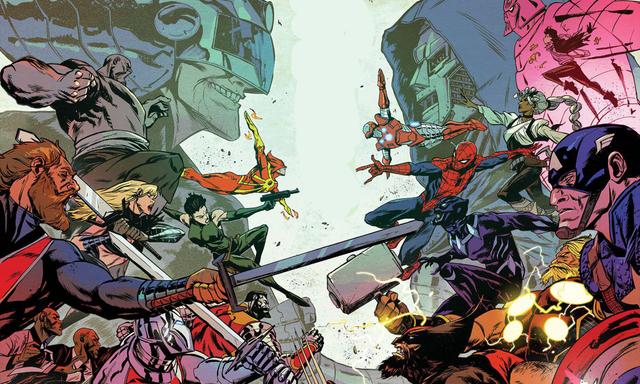



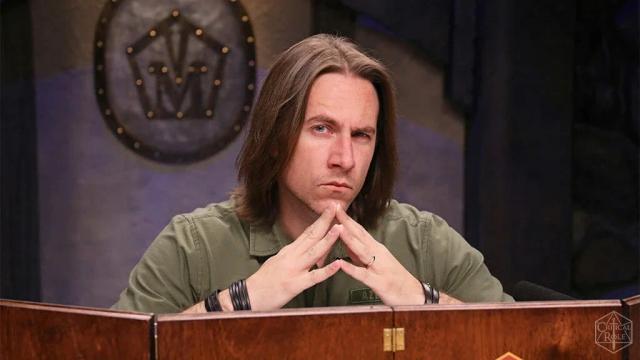


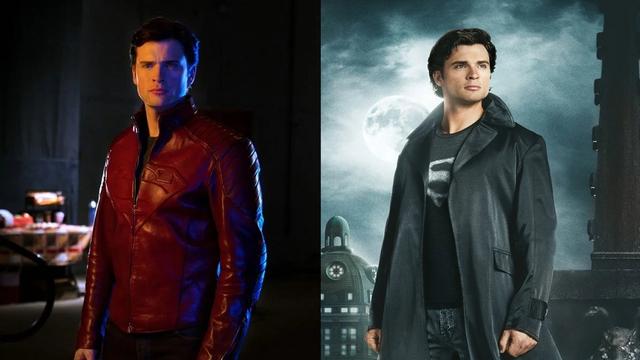
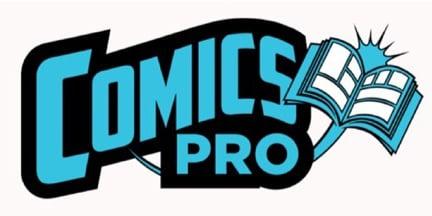



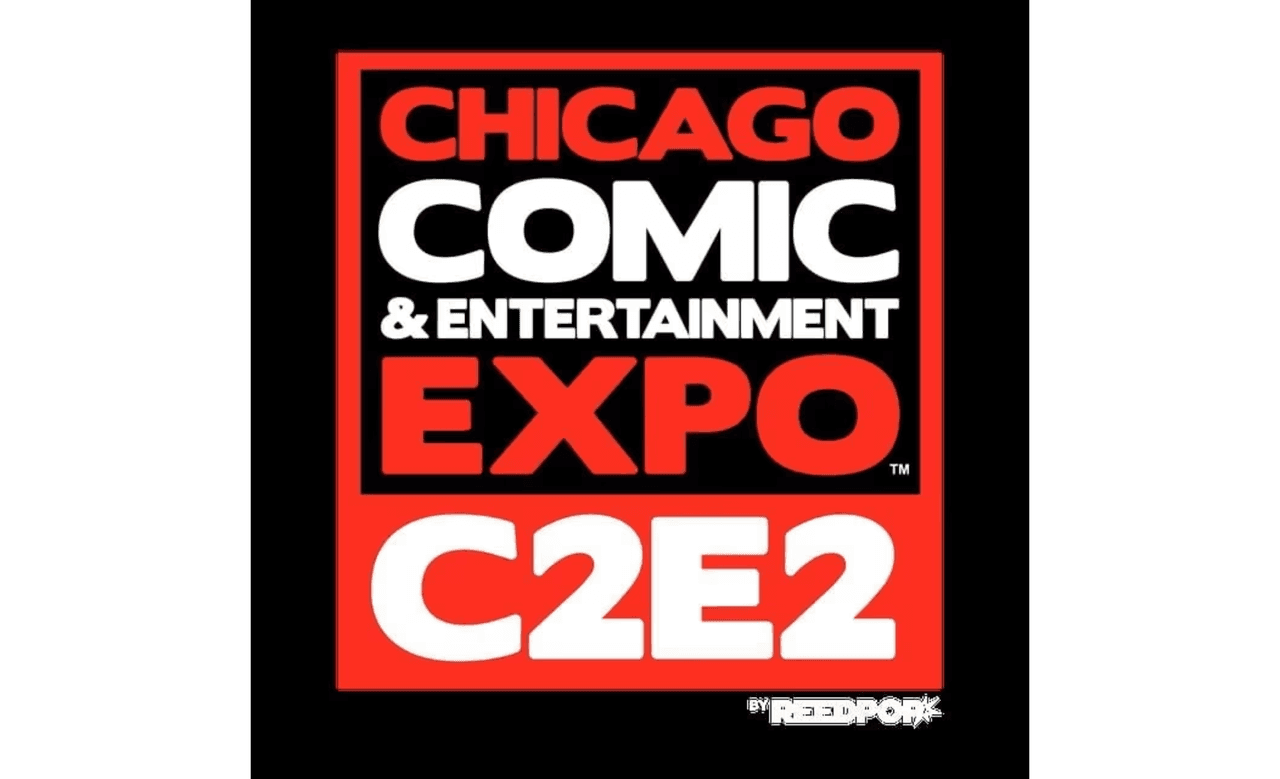

Comments
Want to join the discussion? Please activate your account first.
Visit Reedpop ID if you need to resend the confirmation email.